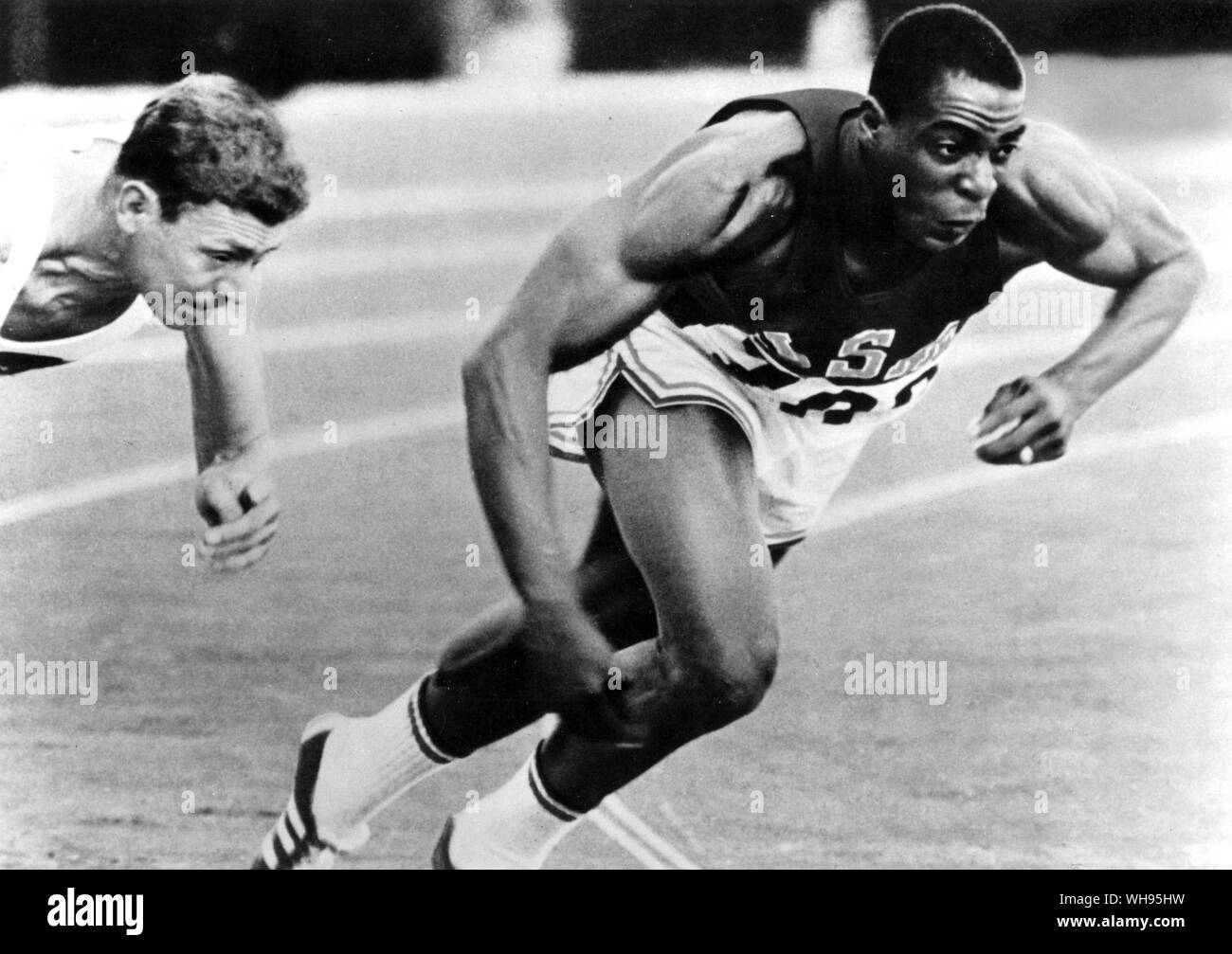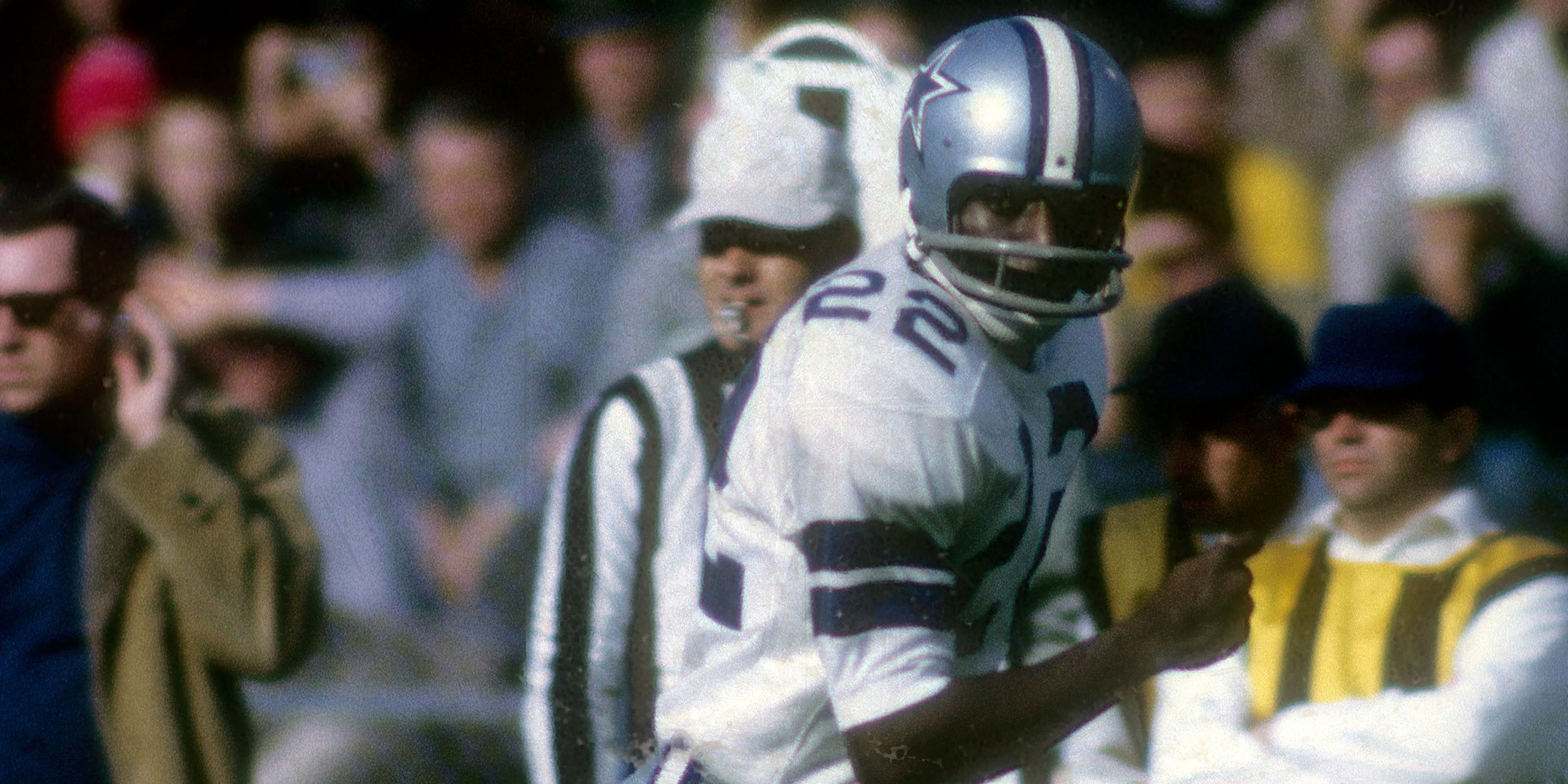
Whispers from the Wild: The Enduring Legends of America’s Outlaws
America, a nation forged in revolution and tempered by expansion, is a land rich in legends. These tales, spun from the warp and weft of historical fact and popular imagination, form the bedrock of its cultural identity, offering glimpses into the aspirations, fears, and untamed spirit of its people. From the indigenous creation myths that shaped ancient landscapes to the industrial titans of the Gilded Age, each era has bequeathed its own pantheon of larger-than-life figures. Yet, few periods burn as brightly in the American consciousness as the Wild West, an epoch where the line between lawman and outlaw often blurred, giving rise to figures whose names still echo across dusty plains and through the pages of history books – some renowned, others mere whispers in the vast tapestry of American lore, like the enigmatic Bob Hayes.
The very concept of an American legend is multifaceted. It’s not merely a historical account but a narrative imbued with symbolic power, often serving to explain the inexplicable, to celebrate courage, or to lament injustice. These stories, passed down through generations, shaped by dime novels, folk songs, and eventually Hollywood, distill complex truths into digestible, often romanticized, forms. They reflect a persistent national fascination with the frontier, with self-reliance, and with the perennial struggle between order and chaos.
Before the iron horse screamed across the continent, Native American legends spoke of tricksters like Coyote, culture heroes like Raven, and spiritual beings deeply connected to the land. These narratives laid the groundwork for a storytelling tradition that would later absorb European influences, creating a unique American mythology. The colonial period offered its own heroes: Paul Revere’s midnight ride, the stoic resolve of George Washington. But it was the westward expansion, the inexorable push into uncharted territories, that truly birthed the archetype of the American folk hero – and anti-hero.

The 19th century, particularly its latter half, saw the birth of the "Wild West." This was a time of immense social and economic upheaval, a period of rapid industrialization and the carving out of new frontiers. With the promise of gold, land, and a fresh start, millions ventured into territories where law enforcement was sparse and often ineffective. This fertile ground of opportunity and lawlessness became the perfect stage for the emergence of the outlaw. These figures, often driven by poverty, revenge, or simply a thirst for adventure, quickly became symbols of rebellion against a rapidly modernizing and increasingly centralized society.
Names like Jesse James, Billy the Kid, and John Wesley Hardin became household words, their exploits sensationalized in newspapers and dime novels that sold by the millions. These outlaws, though often brutal and self-serving, were frequently portrayed as Robin Hood figures, standing up to powerful railroads, corrupt banks, or overzealous lawmen. Their stories resonated deeply with an audience that often felt exploited by the very forces these outlaws defied. Jesse James, for instance, a former Confederate guerrilla, was transformed into a folk hero who fought against Northern oppression and corporate greed, even as his gang committed acts of robbery and murder. Billy the Kid, a young, charismatic gunslinger, became the embodiment of the untamed spirit of the frontier, dying young and violently, forever cementing his place in the pantheon of tragic anti-heroes.
However, the vast tapestry of outlaw legends also includes countless figures whose stories are less celebrated, whose names might not immediately conjure images of daring train robberies or deadly shootouts, but who nevertheless played their part in shaping the era. These are the supporting players, the associates, the men who rode alongside the more famous figures, contributing to the legend in their own quiet, often brutal, ways. One such figure, whose name sometimes surfaces in the more obscure annals of Western lore, is Bob Hayes.
Robert "Bob" Hayes was not a household name like Jesse James, nor did he command a gang of his own to the same extent as the Daltons or the James-Younger Gang. Yet, his story is emblematic of the countless individuals who drifted into and out of the orbit of notoriety during the Wild West. Hayes was primarily associated with the infamous Doolin-Dalton Gang, also known as the Wild Bunch, a group that terrorized the Indian Territory (present-day Oklahoma) and surrounding states in the early 1890s. Led by Bill Doolin, a former member of the Dalton Gang, this group was known for its audacity in train and bank robberies, operating in a region where the law was particularly difficult to enforce due as much to jurisdictional complexities as to sheer vastness.
Hayes’s involvement provides a fascinating, if less spectacular, insight into the lives of these lesser-known outlaws. He was present at some of the Doolin-Dalton Gang’s most significant encounters, including the notorious Ingalls, Oklahoma shootout on September 1, 1893. This was a pivotal moment in the history of the gang and the pursuit of outlaws in the West. A posse of U.S. Marshals, led by Deputy Marshal Heck Thomas, ambushed the gang in the small town of Ingalls. The ensuing gun battle was fierce and bloody. Three deputy marshals – Thomas Hueston, Lafayette Shadley, and Richard Speed – were killed, as were two gang members, "Arkansas Tom" Jones and "Dynamite Dick" Clifton.
Bob Hayes, however, was among the few who managed to escape the dragnet that day, disappearing into the vast, unforgiving landscape. This ability to elude capture, even for a time, was a crucial element in the making of any outlaw legend, regardless of their prominence. It fed into the public’s fascination with their cunning and resilience, suggesting a primal connection to the land itself that allowed them to vanish without a trace. While Hayes did not achieve the same infamy as Doolin or some of the Daltons, his participation in such a significant historical event underscores his place, however minor, in the larger narrative of Western outlawry.
His subsequent career, though less documented than his more famous counterparts, continued the pattern of evasion and periodic brushes with the law. Unlike many outlaws who met a violent end in a hail of bullets or at the gallows, Hayes’s story eventually took a different turn. He was eventually captured, tried, and imprisoned. After serving his time, he was released and, as far as historical records indicate, faded into relative obscurity, living out the remainder of his life far from the spotlight of his outlaw past. This less dramatic, almost anti-climactic, conclusion offers a stark contrast to the mythologized deaths of figures like Billy the Kid or Jesse James, reminding us that not all outlaw legends end with a bang; some simply end with a quiet fade into the forgotten corners of history.
The enduring appeal of figures like Bob Hayes, even in their less prominent roles, lies in their representation of the era itself. They were products of their time, men who navigated a world where personal freedom often clashed with the nascent forces of law and order. Their stories, whether embellished or not, tap into a primal human fascination with rebellion, with the individual standing against the system, and with the allure of a life lived outside the strictures of society.

Journalists of the era, and later dime novelists, were instrumental in crafting these legends. They understood the public’s appetite for thrilling tales of daring and defiance. The realities of outlaw life – the constant fear, the squalor, the violence – were often smoothed over, replaced by narratives of courage, loyalty (to the gang, at least), and a certain roguish charm. The outlaw became a symbol of the vanishing frontier, a last gasp of untamed individualism in a world increasingly defined by railroads, banks, and telegraph lines.
In the case of Bob Hayes, his legend is not one of a charismatic leader or a particularly brutal killer, but rather of a survivor, a man who moved in the dangerous shadows of more famous figures. He represents the common outlaw, the one whose life was less about grand pronouncements and more about the day-to-day struggle for survival on the wrong side of the law. His presence at Ingalls, his escape, and his eventual quiet end, offer a more nuanced perspective on the outlaw experience, demonstrating that the legend of the Wild West is not solely populated by superstars but by a cast of thousands, each contributing their own thread to the vast and intricate tapestry.
Today, these legends continue to captivate. They are reinterpreted in films, novels, and academic studies, each generation finding new meaning in their narratives. They speak to universal themes of justice, freedom, and the consequences of one’s choices. The tales of America’s outlaws, from the widely celebrated to the quietly remembered like Bob Hayes, are more than just historical footnotes; they are enduring myths that continue to shape our understanding of the American spirit – a spirit forever intertwined with the wild, untamed frontier and the unforgettable characters who roamed its edges. They remind us that even in the most lawless times, the human desire for story, for meaning, and for figures both heroic and anti-heroic, remains an unquenchable flame.


